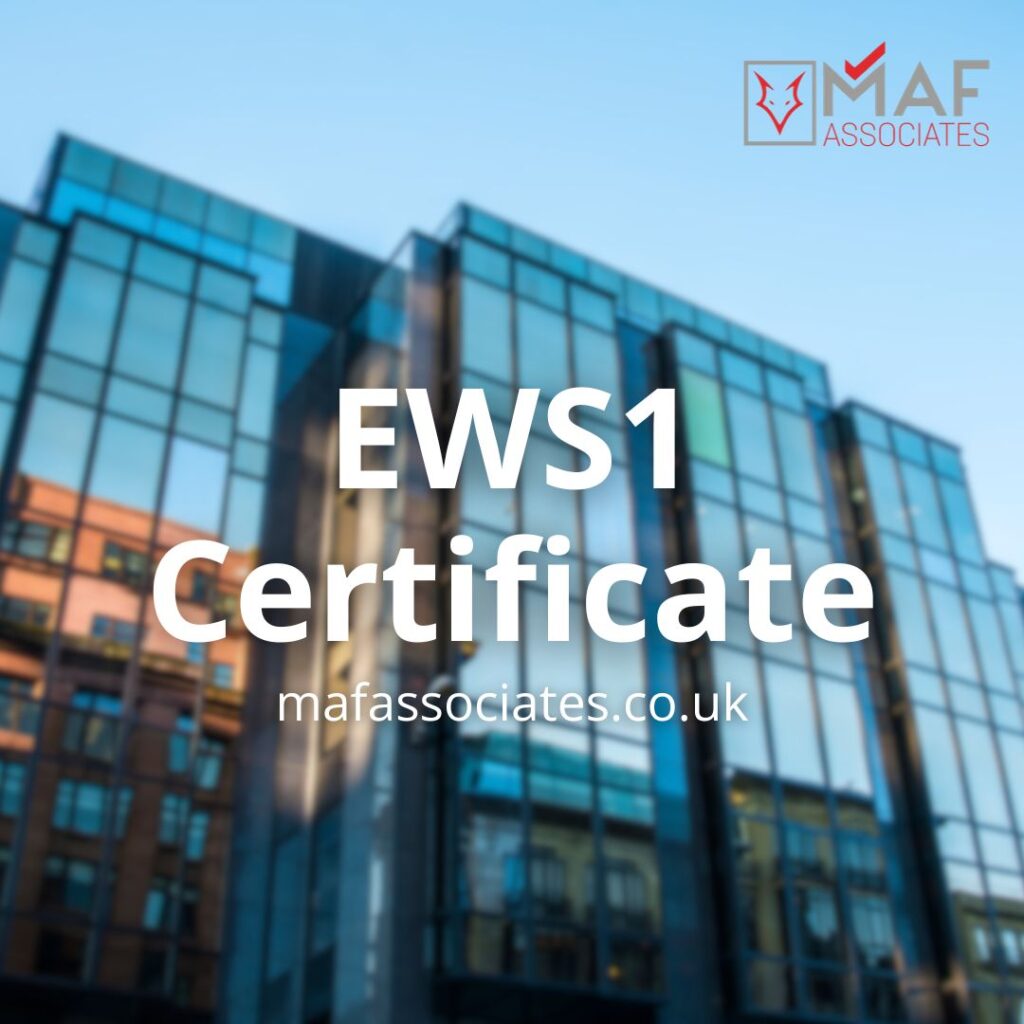Understanding the EWS1 Certificate

Understanding the EWS1 Certificate for Flat Owners in Multi-Story Buildings
Are you a flat owner in a multi-story building looking to sell your property? If so, you’ve likely heard about the EWS1 certificate and might be wondering what it is, who needs it, and how it affects your ability to sell your flat.
What is an EWS1 Certificate?
Property owners of multi-story buildings must complete the EWS1 form as part of the process of selling their apartments. The certificate is a detailed examination of your building’s wall structure, from the outermost layer right through to the plasterboard inside. We assess the materials used and the placement of cavity barriers, floor barriers, and party walls. We also evaluate the potential for flames to spread across these walls, rating them from A1 (the safest) to B2 (higher risk).
There is also an internal fire risk evaluation, which takes into account the possibility of a fire originating inside or outside the building.
Do You Need to Pay for the Whole Building’s EWS1?
Yes, if you’re in the UK (excluding Scotland), the EWS1 is required for the entire building, not just individual flats. This means if you’re planning to sell your flat, and your building doesn’t have an EWS1 certificate, you’ll need to take action.
How to Obtain an EWS1 Certificate?
Your first step should be to contact your managing agent or residents’ association. They can tell you if your building already has an EWS1 certificate. If it doesn’t, you can request that they commission one. Typically, the cost of this certificate is shared among the flat owners in the building. However, with permission from the building owner, you could commission the EWS1 yourself. In this case, the certificate, while covering the entire building, would belong to you. You could then choose to share it with other residents, potentially at a cost.
Learn how to obtain an EWS1 certificate with us.
Is an EWS1 Certificate a Mortgage Requirement?
Yes, many lenders and insurers now require an EWS1 certificate, especially for buildings over 18 meters tall. However, there’s a growing trend of requests for EWS1 certificates for smaller buildings, even those as small as houses. It is not possible for residents to control this change until more detailed guidelines about lender requirements are provided by the government.
In Summary
Navigating the process of selling a flat in a multi-story building can be complex, especially with the added layer of obtaining an EWS1 certificate.
When you’re looking to sell your property, it’s really important to put the safety of everyone living there at the forefront. Collaborate with your managing agent, residents’ association, and flat owners to ensure your building adheres to the required safety standards.